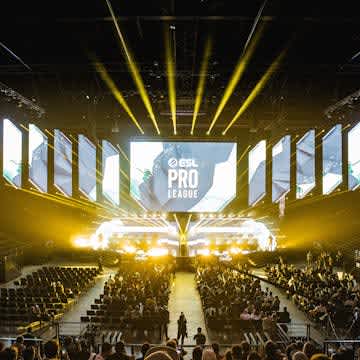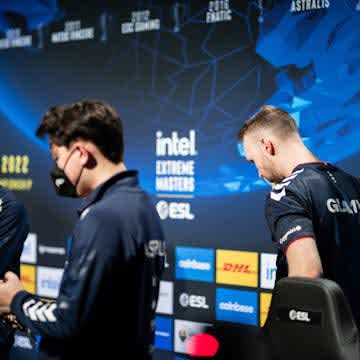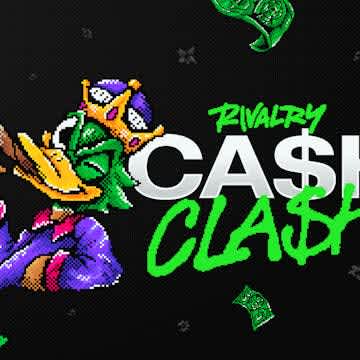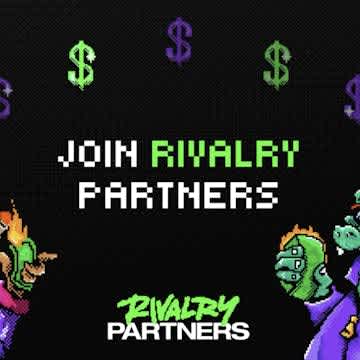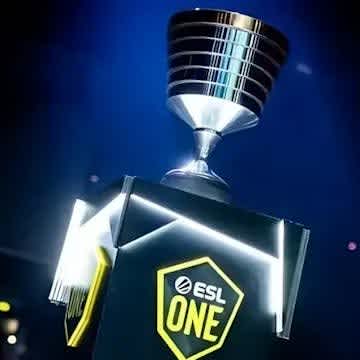Remembering HenryG’s Cloud9 and what could have been
Once upon a time, there was a colossus. Unlike the juggernaut, which actually pulled off the occasional event win, it was born and died a meme. It’s been a year ago, almost to the day, that they pulled the plug on the project. We all had a great laugh or two at the expense of Cloud9’s final misadventure in the CS:GO space, a failure so bad they opted to pull out altogether, but has the passage of time healed the wounds? Was it really that bad?
The pandemic factor
Before we get started, let’s make one thing absolutely clear: there was a specific plan at play here, a tangible strategy in terms of teambuilding. Whether it was a good one is a different matter. Here’s what HenryG had to say about the matter:
"I'll be honest and say I haven't had a huge amount of respect for the methodology used in other 'ground floor' projects so far. The focus is always around 'big' names that are available and then attempting to crowbar others into roles they aren't really suited for, resulting in a year's journey to even reach their initial goals. Kassad and I are only focused on following our specific blueprint for a world class CS unit that can challenge for the trophies."
Such damning words in retrospect. Yes, there was the pandemic, yes, there was all that disruption, the travel bans, the cancellations, everything we had to bear for the last two years. However, looking at the original roster with a critical eye makes it clear that the pieces at play don’t add up to a tier 1 squad.
- ALEX
- w0xic
- floppy
- es3tag
- mezii
Looking at them one by one, a clear pattern emerges. These are players whose stocks were at a temporary high when Cloud9 decided to pick them up, with no long-term pedigree in various team environments to back up their promise.
ALEX was given the keys to the kingdom off the back of little more than his exploits with Vitality, which were replicated and then some by others given access to ZywOo’s powers. His time on Fnatic shows that he can clearly get a lot out of the talent available to him on the servers, but when that is only enough to wreck tier 2 oppositions, that’s all he will do. There’s also little to suggest that the externalities of IGL work (teambuilding, interpersonal relations, working with the other parts of the org) are his strong points. The synergy was also quite clearly not there: kassad and ALEX had such a fundamental difference in vision that the coach left the project soon thereafter, which can only be seen as a significant oversight on the GM’s part.
Similarly, es3tag’s short and truly impressive stint on Astralis meant that his stock was at an all-time high when he put on the sky blue jersey, but the fact that his showings next to gla1ve were as surprising as they were should serve as a clue as to what his previous performance levels were. Then there’s w0xic, a mercurial AWPer if there ever was one, a man with an incredibly high ceiling and brutally low floors in a role that demands unparalleled consistency at the highest of levels. Though ping-related issues in the CS:GO matches of the online era were a big part of why he was let go, he never really impressed either on Cloud9. Indeed, his RMR performance with Eternal Fire should tell us a lot about his future prospects.
What else is there to say? The same story applies to floppy: a player who just had a set of outlier performances with the previous Cloud9 squad, earning him a spot on the new one. Of all the original pickups, the budget option and talent discovery of mezii seems like the best in retrospect, and though that may be a positive sign of HenryG’s understanding of the rough gems in the UK CS scene, it’s not enough to salvage this squad.
Even on a conceptual level, this is not a colossus. As for what happened in practice… well, let’s just say Cloud9 and their social media team didn’t help themselves.
Chad PR and cuck results: a toxic mix on social media
Honestly, it’s a miracle Jason Lake got away with the whole “juggernaut” shtick. with just the one S-tier tournament win and only a single other trophy to grace the cabinet. Perhaps it was a bit less brash, not so much in-your-face as the Colossus stuff. The marketing angle was clear: let’s engineer contrast and rivalry with another big North American brand. However, the “straight fire” sort of people failed to realize the downsides of this approach in the first place.
The transparency about player contracts was a laudable move from the perspective of a CS fan, but it’s tough to explain how it helped Cloud9’s case in the community. The numbers were lacking context (due to the opaque nature of other deals) and were eye-popping otherwise, and instead of generating goodwill with their honesty, they just painted an even larger target on their backs. In retrospect, it’s unclear whether HenryG understood the org’s best interests at play here.
Eventually, m1cks, the assistant coach stated an interview with HLTV that the team felt pressurized by the environment, and though frustrated fans will always hurdle abuse at CS players, you can’t help but feel like HenryG’s strategy made things worse in this regard.
One has to wonder whether this strategy was even necessary: a less-tenured or unknown org might need to shout loud on Twitter in order to get noticed, but it’s Cloud9 we’re talking about here. Major winners in CS, a longstanding presence with pedigree in other esports and a lucrative North American fanbase. Was it really necessary to go with such a double-edged approach? Aren’t they large enough to get enough attention and support without looking like a complete idiot after a set of unexpected losses?
Consider Flashpoint 2: HenryG said early on that they would win the event, way before the non-partnered actual good teams were announced. They ended up finishing last in their group, but they turned out to have lost to both of the eventual finalists in the form of VP and OG. The result would have been disappointing no matter what, but they brought the schadenfreude upon themselves.
Currently, CS:GO esports is a cloudless sky – and as disappointing as that is, you can’t help but feel like C9 were the victims of a myriad of self-inflicted wounds.
Photo credit: HLTV

